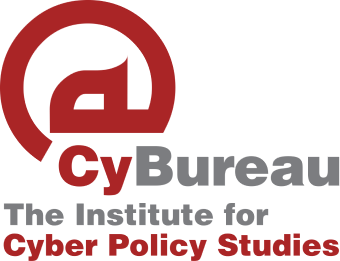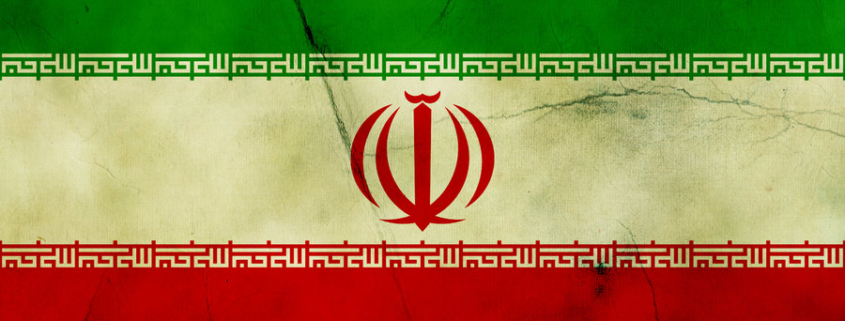They took the Web and painted it green
Prior to the presidential election in Iran, the Internet and social networking Web sites were used by the different candidates and their online supporters as a means of competing with each other.
In hindsight, it is clear that the Internet – and Twitter, specifically – was painted green.
Only now does the general public know the power of the Internet in Iran. At about 35 percent, Iran has one of the highest rates of Internet penetration in the Middle East. This figure reflects an increase of about 9,100% in Internet users between 2000-2008.
In the run-up to the June 12 presidential election, candidates’s campaigns made extensive use of the Web, using various social networking sites such as Flickr, FriendFeed, Facebook, Twitter, YouTube, Delicious, Google Calendar and others.
Contenders and their supporters used all these sites to report on the election campaign, recruit supporters from bloggers, upload pictures and short videos and even publicize upcoming events.
Technology is not a new phenomenon for the Iranian public. Iranians are thirsty for information, and a high proportion of them are open to Western innovations, specifically technological innovations.
Prior to the Iranian Revolution of 1979, Ayatollah Ruhollah Khomeini used audiotapes to get his lectures from his home in Paris into the hands of the Iranian people. Years later, satellite dishes covered Teheran’s rooftops.
Today, the Internet reaches almost every corner of the country, and serves as a means of communication and to exchange information about what is happening both in and out of Iran. Indeed, for many, the Internet is now the primary method of receiving and sharing information.
The Iranian government is aware of the strength of the media, and has been careful to strictly supervise the all forms – the “old” (radio, television, newspapers) and the “new” (the Internet and its various services).
The Iranian government has worked in many ways to try to limit Internet use and slow the increase in Internet users. There is aggressive legislation that regulates Internet activity and sets down sanctions for violations. Internet cafes are restricted and certain sites are blacklisted.
Investment in technology that will enhance the government’s ability to control Internet use has been increasing. An analysis of this over the years shows that increased governmental restrictions on the Internet coincide with the country’s elections.
As the elections approach, the government gets stricter, closing opposition Web sites and detaining their operators. Over the course of the recent elections, there have been reports of authorities detaining bloggers, shutting down Web sites and even blocking Facebook, because of Mir Hossein Mousavi’s extensive use of that site.
But their efforts have had only limited success. On the Flickr account of Mousavi’s supporters, there are more than 1,500 pictures from the candidate’s election campaign and of recent demonstrations. They show events that are happening daily in the streets of Iran.
Short videos of demonstrations are uploaded to YouTube, where they are viewed by tens of thousands of people. The short clip of the last moments of a teenager who was shot to death on Saturday is horrifying documentation, as powerful and globally influential as any live broadcast.
Twitter has carried many conversations about what is happening in Iran, information about rallies and calls for support. Many Web surfers – from Iran and the world over – are expressing their support on their Twitter accounts with a fitting logo in the color green.
The latent potential of the Internet has been fully realized by Iranian youth. It’s not just that Iran’s people are starved for change, desperate for more freedom and a better quality of life. Now they have a variety of means at their disposal to garner support from both inside and outside the country and to disseminate the information on the streets.
If the Internet activity can be used as a measure, it is a testament to the success of Mousavi’s Green Revolution. It remains to be seen if the revolution will also be realized in Iran’s streets.
The writer is an analyst for the Middle East Strategic Information Center and an expert in Internet and technology in the Middle East and in the Muslim world. He can be reached here This article was translated by Rachel Geizhals.
http://www.jpost.com/Iranian-Threat/News/Analysis-They-took-the-Web-and-painted-it-green

